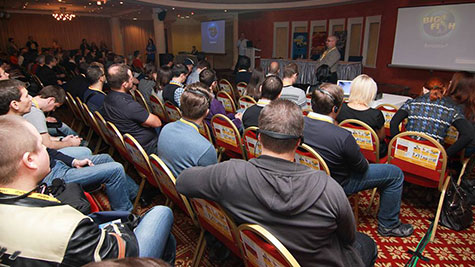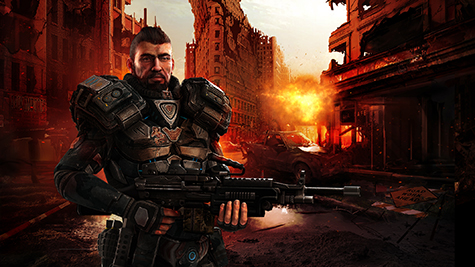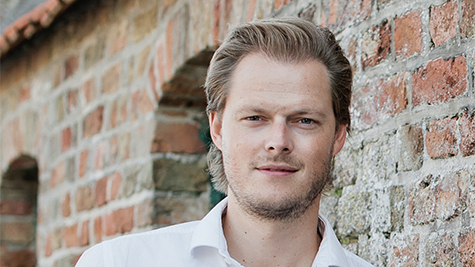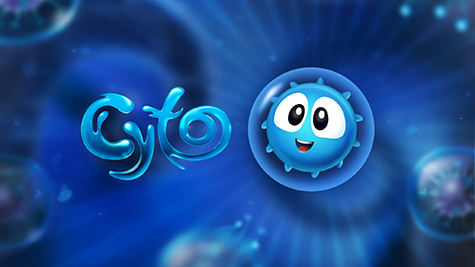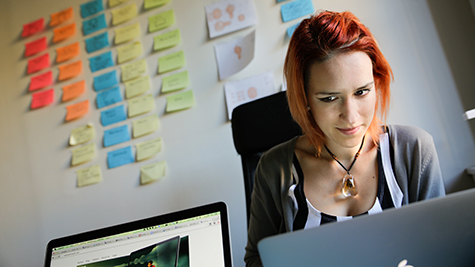Just after Casual Connect Kyiv, I visited our friends at Gamepoint in their offices. It’s a friendly little spot on the coast of the Netherlands, and frankly, I’m a bit jealous.
I arrived in Den Haag Central station via train from Amsterdam. The convenient public transportation made my meetings very easy to get to. I decided to spend the time before my meeting walking from Central station to the Gamepoint offices, going from a modern downtown area through parks, historic houses and international embassies. The feel of the city was a wonderful balance of convenience, history, and open spaces.
When I arrived at the offices, I was greeted by Rik Haandrikman. If you have never met Rik, you should take the time to do so. He is a large, fit guy with a personality that leaves you at ease despite his formidable stature. We toured the offices, stopping in each of the departments, then had a nice chat with the CEO Amon Endt, and finished the morning by having lunch with the entire company in their cafeteria.
Downstairs, I saw the Community Management Office, run by Jeffrey Otterspoor. This group handles customer support by email, phone, and in-game. They also organize on- and offline support for the community.
Upstairs, I first met the Web Development Team, who are responsible for backend and frontend website coding; then the System Engineering group, who takes care of the hardware, as well as keeping two million monthly players connected.
One of the most interesting stops on the tour housed the Game Development Team, led by Bob Christoff, who also remotely runs the game development coding team in Kyiv .This is the group that conceptualizes the games. There were a couple of walls covered with the latest top secret games, and Bob came over to show me some of the challenges. We briefly talked about the difficulties of moving games from a big screen to small mobile screens. It was a very engaging conversation for me because it just felt like the puzzle-solving room. Have an issue, a goal, or an idea? This is the place to hash it out. Maybe they should rename it the crime-solving department.
I also met the Art Team, run by Lenart Poort, where every piece of 2D art and animation is created for the games, the website and other forms of communication, such as online ads and magazines. Currently, they are working on buses that the studio will be branding in the Netherlands. The HR Department is, of course, also very important since it pays all the salaries. This department is the responsibility of Fleur van Rijmenam.
Finally, Rik showed me the Business Development or Growth Team, which he runs. This team is responsible for all types of user acquisition, retention through CRM and product improvements and monetization improvements, both in and around the games. Rik tells me his team is highly data driven, spending most of their time with their many backend tools, looking for ways to keep players engaged and paying.
During the tour, I really sensed the energy and atmosphere of the company. The offices are laid out in a typical open office environment with conference rooms and departments separated only by glass walls. Desks are turned in on each other with only a monitor and a seam in the wood to separate you from your neighbors. With this layout, the lively and friendly interaction of co-workers solving the various issues of the day came through loud and clear. Entering a department area didn’t feel like an intrusion. I felt like Norm from the TV show Cheers, walking into a bar where everyone knew my name. Of course, they didn’t actually know my name, but that is how it felt.
Lunch time arrived, and I didn’t see anyone head out the door for food. Almost all of us went into the cafeteria where Anja Zoutenbier prepares lunch each day. One of her specialties is traditional Dutch fatty sausage, a favorite of the whole group. Once everyone had a plate of food, we all crowded into a spot around three long tables. Rik and I ended up next to a couple of people from the Customer Service Team. The conversation mainly focused on costumes and parties for Halloween (rarely celebrated in the area). Apparently some costumes of Sinterklaas are hanging around the office, which is an interesting story in itself.
While lunch was going on, another group was in the game room, playing Trials Evolution, intensely involved in the semi-finals of the competition. We finished eating just in time to see one of the competitors get knocked out of the tournament. Rik later told me the Halloween party included an epic competition of Trials Evolution, which had half the company crowded around the TV, watching a nail-biting showdown between the two finalists.
Gamepoint is a place where you work hard, but you play hard, too. I could see making a lot of new friends there, given any time to stay.


